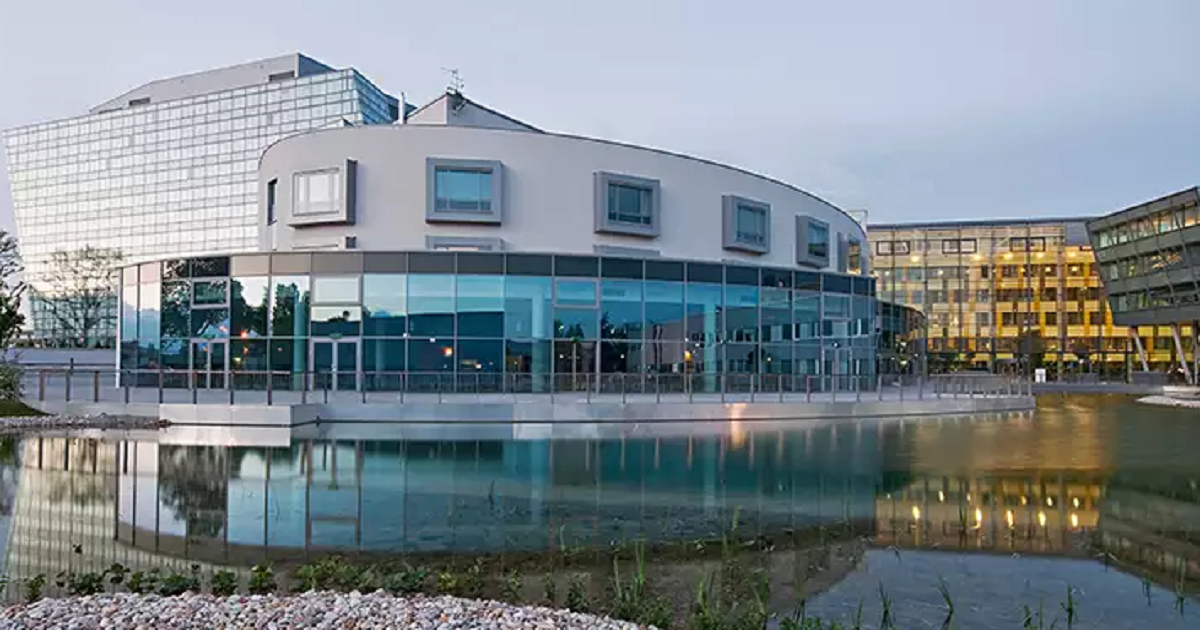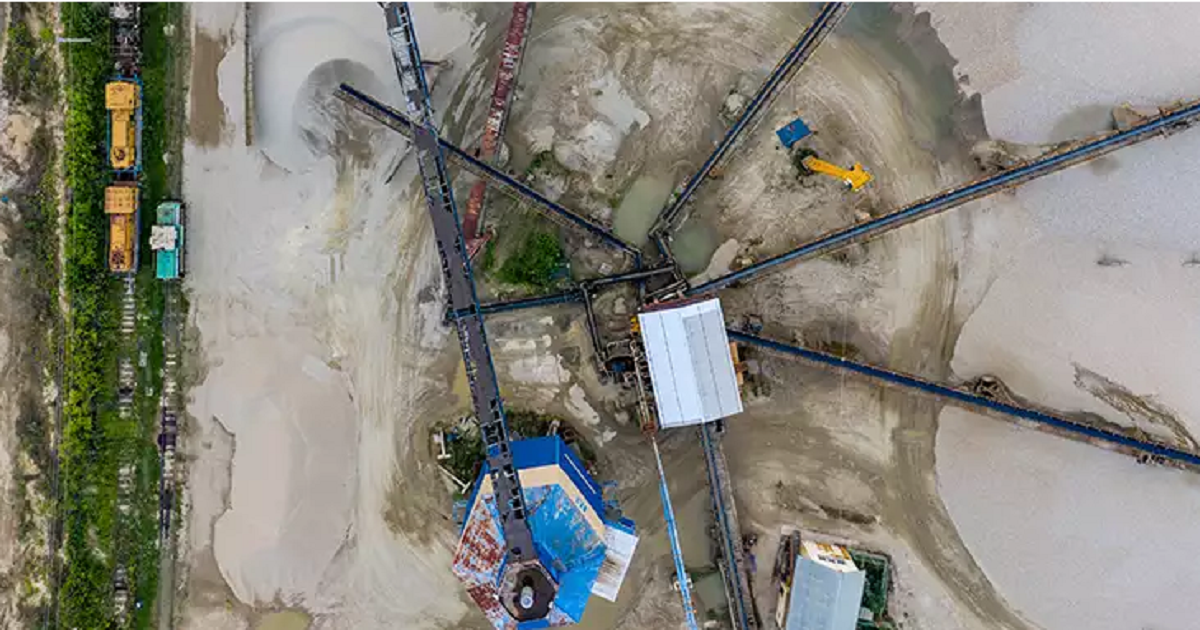This industrial-grade private wireless powers a renewable energy microgrid

The Nokia team has been working with Siemens and A1 Telekom Austria on a project that is leveraging Nokia’s private wireless solution to support the microgrid use case for Siemens Vienna campus. This makes a great example of how renewables and microgrids are being adopted by industries and it is yet another use case for enterprise private wireless deployment for critical applications, and in that case help enterprise lower their environmental footprint.
There are huge deployments ongoing everywhere globally to supply renewable energy into the grid or for off-grid private applications. Yet, there are also many industrial applications where renewables, that are smartly managed within a microgrid, are making an impact by offering energy cost savings and security of supply to industrial campuses.
Optimizing the management of energy and heating
The Siemens Vienna campus project includes solar generation, electric vehicle (EV) charging, building management and battery storage. Initially, Siemens is planning for 320kW of solar generation and 500kWh battery storage, all to support around 50 EV charging stations.
The microgrid controller manages the grid on the campus ensuring optimal load balancing between energy demand and availability of local distributed energy resources.
Microgrids, despite their size, are not simple systems, especially when they integrate distributed energy sources, like solar panels and batteries. The intermittency of solar (or wind in other cases) means that the source of power is constantly shifting. When the sun goes behind a cloud, for instance, it may be necessary to take power from a battery bank or the utility grid. This means that voltage levels across the grid are in a constant state of flux. Load balancing and optimization between all these different sources and loads requires direct control of the loads.
Solar panels
Solar panels at Siemens Vienna campus
Intelligence brought by connectivity
Sensing shifts in power demands and directly managing power sources requires a reliable low latency communications system, which is where Nokia and A1 Telekom Austria comes in. In other words, building an intelligent and dynamic microgrid requires extensive connectivity over a wide area of the campus indoors and outdoors – making a wireless system appealing. The central microgrid controller (in this case the Siemens SICAM A8000) has to be able to instantaneously communicate with all parts of the microgrid in a reliable and secure manner.
To enable this, Nokia is providing the necessary private wireless 4.9G campus network infrastructure and services, while A1 Telekom Austria, provides the spectrum, hosts and manages the campus network slice and thus assures a higher efficiency by running the convergent network.
Nokia has a long history working with the energy industry along with many other critical infrastructure players. In our work to define 5G over the last decade, these critical industrial use cases have been top-of-mind in designing the specs. Private wireless networks based on latest generation LTE: 4.9G already contains many of these features and can support in excess of 85% of industrial applications. Thus private 4.9G networks today and private 5G tomorrow, are explicitly designed to be adopted by the energy sector for managing microgrids and other challenging use cases in the industrial space.
Faster deployment with easy expansion
Private wireless is a very efficient and easy way to provide the reliable connectivity needed over a wide area and for a large number of devices. You avoid the need to run the wiring for sensors and other devices associated with managing the microgrid. This enables much faster deployment of the system and easy expansion in the future. The campus network architecture either with locally deployed core or with edge cloud processing is able to achieve the reliable low latency needed for automated response times that ensure the microgrid is agile enough to manage instantaneous load fluctuations.
Furthermore, in the future the edge cloud infrastructure can be used for hosting additional industrial use cases and therefore further improving the return on investment. Nokia enables such mission-critical networks for energy and industrial use cases by providing on one hand the communications and compute infrastructure and on the other hand covering the full project lifecycle with all the required services ranging from technology consulting, project management, planning and design to implementation and operation.
Economic benefits topped with environmental ones
But are there also economic benefits in addition to the environmental ones? Powered by Nokia’s industrial-grade private wireless networks, the Siemens microgrid controller is able to optimize power consumption by using the batteries and flexible loads to manage and minimize usage spikes. This lowers the overall power needed from the utility grid. So not only will photovoltaics be optimally leveraged to minimize CO2 emissions, the cost of handling peak power loads also goes down.
















Tag